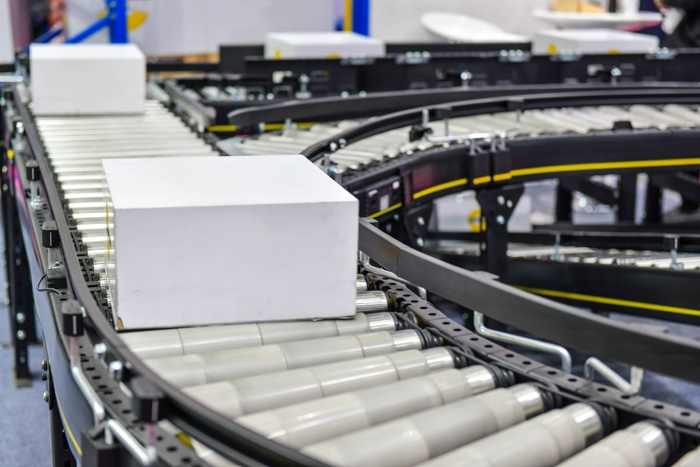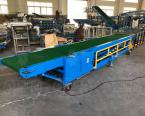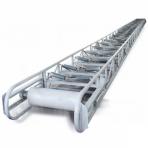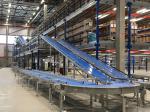Important Conveyor Systems Specifications
What you will read...
Load Capacity per Unit LengthMaximum Load CapacityConveyor Belt System Speed/Rated SpeedThroughputFrame ConfigurationDrive Location
Load Capacity per Unit Length
Manufacturers will offer this attribute in cases where the conveyor will be built to a custom length to permit users to determine loading margins.
Maximum Load Capacity
Associated with Load Capacity per Unit Length, this value can be stated for fixed length, purpose-built conveyors. This can also be known as flow rate.
Conveyor Belt System Speed/Rated Speed
Belt conveyors are typically rated in terms of belt speed in ft/min. while powered roller conveyors described the linear velocity in similar units to a package, carton, etc. moving over the powered rollers. Rated speed applies to apron/slat conveyors and drag/chain/tow conveyors as well.
Throughput
Throughput measures the capacity of conveyors that handle powdered materials and similar bulk products. It is often given as a volume per unit time, for instance, as cubic feet per minute. This attribute applies to bucket, pneumatic/vacuum, screw, vibrating, and walking beam conveyors.
Frame Configuration
Frame configuration refers to the shape of the conveyor frame. Frames can be straight, curved, z-frames, or other shapes.
Drive Location
Drives can be located in different places on conveyor systems. A head or end drive is found on the discharge side of the conveyor and is the most common type. Center drives are not always at the actual center of the conveyor, but somewhere along its length, and are mounted underneath the system. They’re used for reversing the direction of a conveyor.

 Ali Nasrollahi
Ali Nasrollahi






